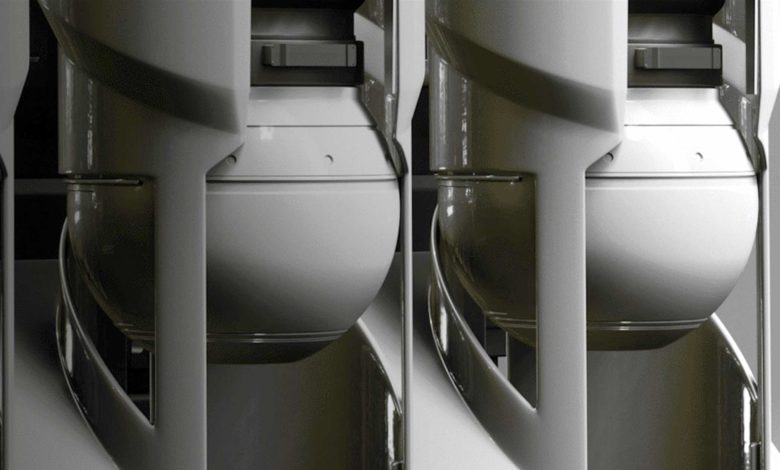Nuclear power proponents heartened by Biden’s GHG targets

Nuclear power lobbyists are hopeful of big breakthroughs following president Joe Biden’s new greenhouse gas cut targets announced yesterday, combined with this week’s news that the US will try and work with the International Maritime Organization to get shipping to be a zero emissions industry by 2050.
The White House has indicated nuclear power will form a significant part of American plans to ensure the country is using 100% carbon pollution-free electricity by 2035. This is on top of earlier commitments by the administration to boost offshore wind power with the US now on course to have 30 GW of energy from offshore wind farms supplying more than 10m homes by 2030.
Commented Maria Korsnick, president and CEO of the Nuclear Energy Institute (NEI), the US policy organisation of the nuclear technologies industry in Washington, DC, “While we need to scale up every carbon-free source available, no other source can match nuclear energy’s unique combination of attributes.” Further, she said she sees new technologies, “such as small modular reactors, micro-reactors and other advanced designs” making nuclear energy progressively more efficient and versatile. Such technologies could be used where larger, traditional reactors “just don’t make sense”.
The industry needs a silver bullet; that’s being forged now
One big name supporting greater use of nuclear energy is Bill Gates, the Microsoft co-founder.
One of the projects the US government is already supporting in the transportation sector involves advanced nuclear, or advanced atomic as it is also known, increasingly seen as a breakthrough technology in the transportation sector, as well as for electricity generation.
Mikal Bøe, CEO of CORE-POWER in the UK, who is working with Gates and others to promote atomic propulsion, told Splash, “Advanced atomic holds real promise as the future of energy for ocean transportation.”
“The US government,” said Bøe, “through their Department of Energy are proactively pursuing revolutionary new technologies that will have a really meaningful impact on how we deal with climate change. That they’re now applying their weight to the efforts of getting ocean transportation to zero emissions is a natural next step and we’re very encouraged by that.”
Bøe along with TerraPower, a nuclear tech company chaired by Gates, French nuclear materials handling specialist Orano and American utilities firm Southern Company, are developing molten salt reactor (MSR) atomic technology in the US with backing from the Department of Energy, a technology that could be used to power ships in the future, according to Bøe.
“Building the molten salt reactor with support from the US DoE is a milestone in advanced atomic engineering,” Bøe said. “On this, we can build out an ecosystem of extremely fuel-efficient small advanced atomic reactors running very long fuel cycles without refueling, while dramatically reducing waste. The benefits to ocean transportation would be immense. The industry needs a silver bullet; that’s being forged now.”
The CORE POWER units Bøe’s team has developed for shipping are based on marine molten salt reactors (m-MSRs), a technology using high-assay low-enriched uranium (HALEU), capable of powering the largest ships afloat today.
Admitting the technology would not be cheap to install on ships, Bøe has proposed a leasing model for his batteries, similar to those deployed for aircraft engines.

What happened to the Savannah? There are issues relating to safety, fueling (if required over a ship’s life) and accidents at sea that need to be addressed plus the position on disposal when the ship is life expired.
The nuclear option does at least retain the controlled power/propulsion option that various sail equipped options are trumpeting.